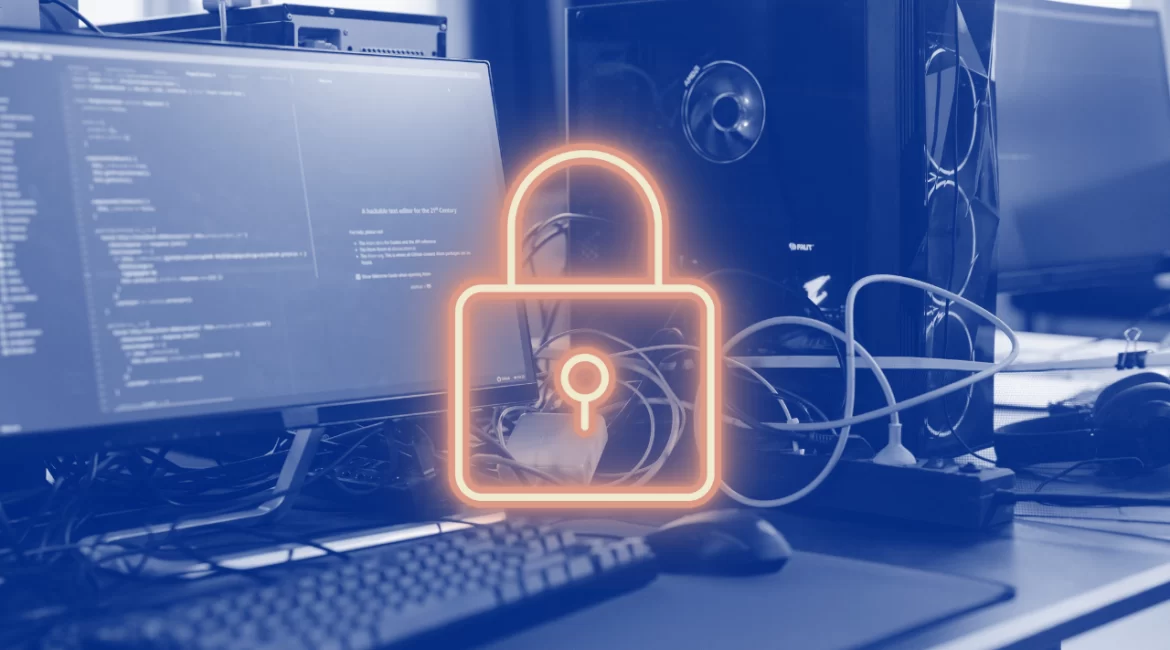Get ahead of Cybersecurity Attacks: Managing and Preventing Risk
Organizations across every industry are facing constant, advanced cyber threats. The landscape of cyber threats is ever-evolving, with attackers finding new vulnerabilities to manipulate. Managing and preventing cybersecurity attacks is not just about deploying the right technology; it’s about understanding the nature of these threats, implementing robust security practices, and fostering a culture of security awareness. Building a comprehensive strategy for managing and preventing cybersecurity attacks will help you focus on proactive measures, technology solutions, and education within your business.
The first step in managing and preventing cybersecurity attacks is understanding the types of threats that exist. These can range from malware, phishing, and ransomware attacks to more sophisticated intelligence. These threats can lead to the loss of sensitive or proprietary information, financial losses, or damage to reputation. Each type of attack has its own characteristics and methods of infiltration, making it crucial to stay informed about the latest cyber threat trends and attack vectors.
How can you prevent and combat these attacks?
Implementing robust security practices is essential for defending against cyber threats. This could include practices as simple as maintaining regular software updates across your organization, ensuring all software and operating systems are up to date with the latest security patches. Attackers often exploit vulnerabilities in outdated software. You could deploy firewalls and antivirus programs to help detect and block malicious activities. Implementing strict access control measures for employees ensures individuals have view, edit, and manage only the resources necessary for their role. Lastly, be sure to encrypt sensitive data both at rest and in transit to protect it from unauthorized access.
Along with basic security practices, there are advanced technology solutions that can enhance an organization’s cybersecurity posture. With the increasing adoption of cloud computing, it’s vital to implement cloud security measures to protect data stored in the cloud. Because cloud services are provided over the Internet and data is stored on servers that users do not physically control, there are inherent risks that need to be managed. This security encompasses a wide range of policies, applications, and controls utilized to protect virtual data and the associated infrastructure of cloud computing.
AI and ML are at the forefront of detecting and preventing cyber-attacks. These technologies can analyze vast amounts of data to identify patterns, anomalies, and potential threats that would be impossible for humans to detect in a timely manner. AI-driven security systems can learn from the data they process, allowing them to predict and prevent future attacks based on historical trends.
Implementing a Zero Trust model assumes that threats can come from anywhere, both outside and inside the network. It requires strict identity verification for every person and device trying to access resources on a private network, regardless of whether they are within or outside of the network perimeter. Leveraging advanced technologies can help organizations significantly enhance their cybersecurity posture, making it more difficult for cyber attackers to succeed and ensuring the integrity, confidentiality, and availability of digital assets.
However, Technology alone cannot prevent cybersecurity attacks. Human error is often cited as a leading cause of security breaches. Therefore, fostering a culture of security awareness within an organization is crucial to understanding risk and preventing breaches. This could include regular training for all employees on how to recognize attempts, encourage reporting of suspicious activity, and promoting good cyber practices in the workplace and virtually.
Managing and preventing cybersecurity attacks requires a multifaceted approach that combines technology solutions with robust security practices and education. By staying informed about the latest cyber threats, implementing proactive security measures, and fostering a culture of security awareness, organizations can significantly reduce their vulnerability to cyber-attacks. Remember, cybersecurity is not a one-time effort but a continuous process of improvement and adaptation to new threats.

